The company's main products are HGM series micro pulverizer, superfine micro pulverizer, micro pulverizer, superfine pulverizer, pulverizer and matching hammer crusher, etc.
01/06/2022 admin
High pressure grinding mill is a new type of grinding machine developed on the basis of high-fine powder processing, also known as high-pressure suspended roller mill. The product particle size can be adjusted arbitrarily within the target range of 80-600, and the fine particle size can reach 1000 mesh. The equipment has strong adaptability to materials, the replacement cycle of grinding rollers and grinding rings is long, and the dust removal effect fully meets the national standard.
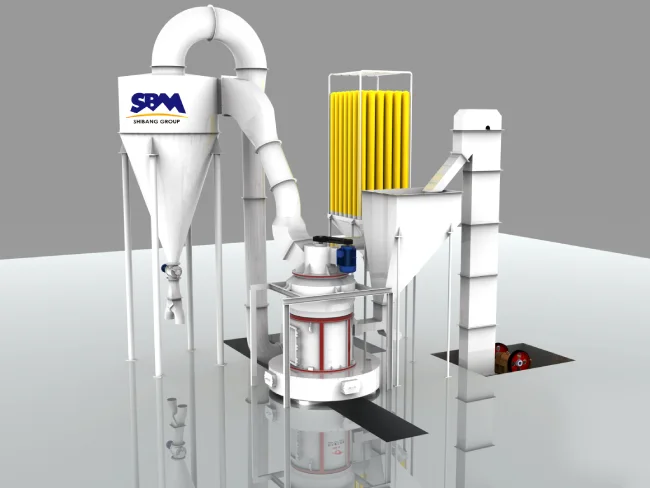
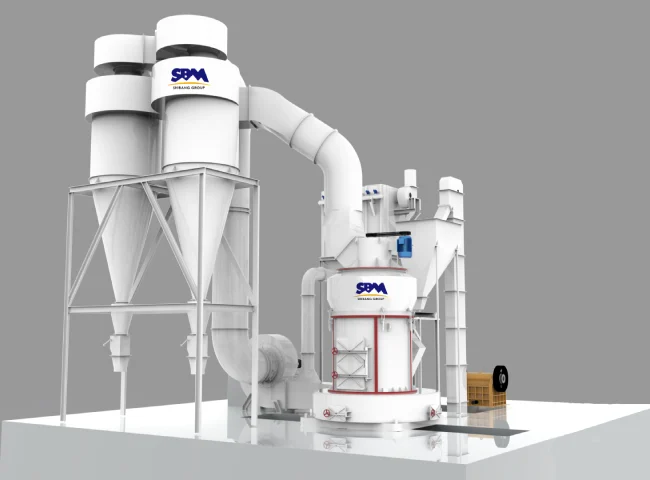
It is suitable for materials with humidity lower than 6% and hardness not exceeding 9.3, such as kaolin, calcite, talc marble, barite, gypsum, red iron oxide, green iron oxide, aluminum hydroxide, pigment, bentonite, clay and other materials.
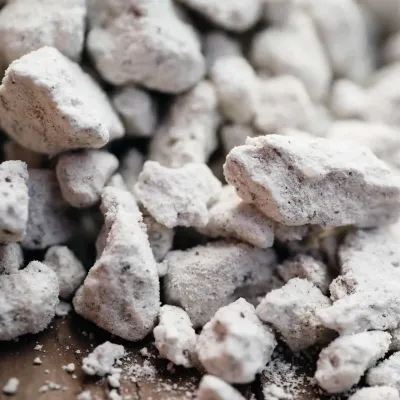
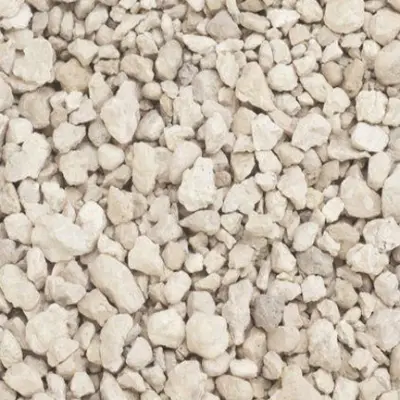
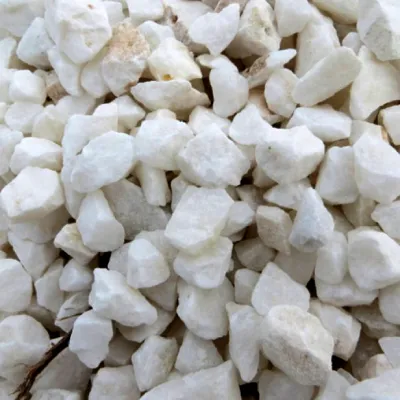
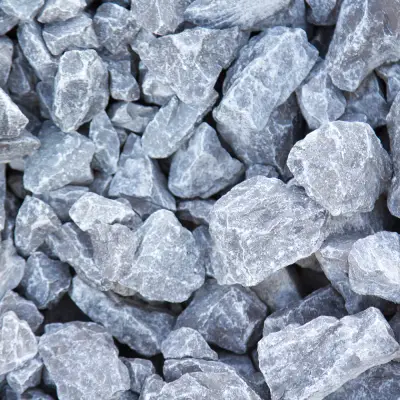
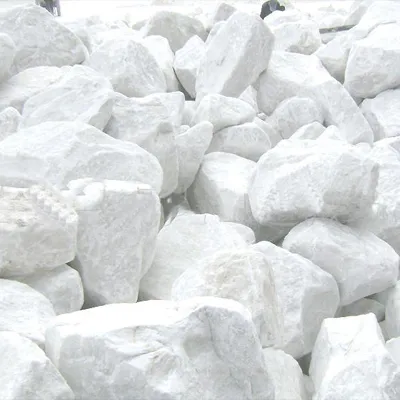
The overall structure of the high-pressure suspended roller mill is composed of the main engine, the analyzer (powder separator), the piping device, the blower, the finished product cyclone, the jaw crusher, the elevator, the electromagnetic vibration feeder, and the electric control motor. Among them, the main machine of the high-pressure suspension roller mill is composed of a frame, an air intake volute, a blade, a grinding roller, a grinding ring, a cover plate and a motor.
When the high-pressure suspension roller mill is working, under the action of centrifugal force, the grinding roller rolls tightly on the grinding ring, and the material is shoveled into the middle of the grinding roller and the grinding ring. The material is broken into powder under the action of rolling force and enters the analyzer with the circulating air of the fan. The qualified fine powder enters the cyclone collector, and the large particles fall into the grinding chamber for regrinding. The circulating air returns to the blower, and the above process is repeated, and the remaining air enters the bag filter for purification.
After the grinding roller and grinding ring have reached a certain level of wear, adjust the length of the high-pressure spring to maintain a constant grinding pressure between the grinding roller and the grinding ring to ensure stable output and fineness.
From the appearance point of view, there is basically no difference between the high-pressure micro powder mill and the Raymond mill.
● In terms of feed particle size: the smaller the original Raymond mill feed, the more stable the output and the higher the processing efficiency, while the feed particle size of the high-pressure suspended roller mill is larger than that of the Raymond mill.
● In terms of discharge particle size: the processing discharge particle size of Raymond mill is in the range of 30 mesh to 325 mesh, and the discharge particle size of high-pressure suspended roller mill is in the range of 80 mesh to 600 mesh. The finished product is finer, and the sieving rate is higher.
● In terms of finished product output: the high-pressure powder mill has a higher output than the Raymond mill due to the strong pressure of the high-pressure spring.
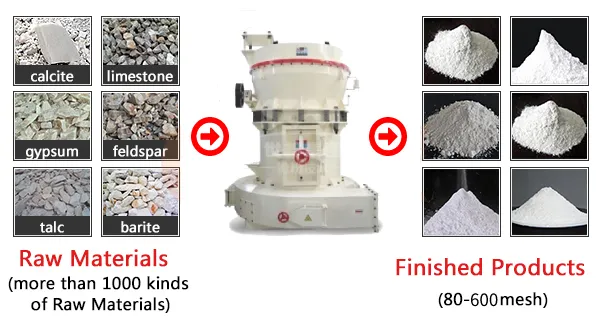
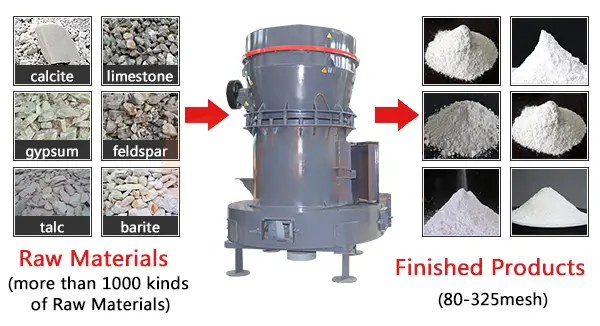
The high-pressure grinding mill adopts a mature high-pressure device, which can not only prolong the service life of the equipment, but also increase the grinding output of the equipment to the same extent.
Ordinary Raymond mills do not have this advantage. During long-term use, when the wear of the grinding roller and the grinding ring is large, even if the bolts and other parts are adjusted, they cannot be ground tightly. The final finished powder will not meet the required fineness, and only the vulnerable parts can be replaced at this time.
However, the high-pressure roller mill is not like this. Normally, before reaching the critical point of grinding, the high-pressure device can be adjusted so that the grinding roller and the grinding ring are pressed tightly together to maximize the use.
In the production process of high-pressure suspension roller mill, what is the cause of gear wear? There are three main ones:
1. Gear hardness problem
Wear of high pressure roller mill parts is very common in production. Therefore, in order to ensure the life of the equipment and the efficiency of the work, the hardness of these parts that are easy to wear is specified. For large gears, the hardness is generally specified above HB300, while the hardness of pinion tooth surfaces must be above HRC45. Only when this requirement is met can the normal use of the gears be guaranteed.
However, in the actual production process of the high-pressure suspension roller mill, the hardness of the gear is often difficult to meet the requirements of the standard. And some companies in order to shorten the maintenance time, the processing technology to eliminate internal stress will also be canceled. This greatly reduces the hardness requirements of the gears, which makes the gears have insufficient hardness, thereby causing wear problems.
2. Improper selection of lubricating oil
In the production of high-pressure suspension roller mill, the existence of lubricating oil is mainly to maintain the gears and other parts, reduce their wear and tear, and also has the effect of reducing noise for the gears. If the selection of lubricating oil is unreasonable, the lubricating effect will be reduced, and the lubricating needs cannot be met, which will eventually lead to wear and tear.
In fact, when choosing lubricating oil, the factors that need to be referred are mainly the model of equipment, the viscosity of lubricating oil, and the working environment of the high-pressure grinding mill. When lubricating, it needs to be carried out regularly and quantitatively, because the lubricating method is not correct, and the lubricating effect will also be reduced.
3. Insufficient sealing of the gear end face
For the transmission gear in the high pressure roller mill, due to its relatively large design size, there will be a certain allowance for the gear processing to ensure installation and debugging. At present, the transmission gear generally adopts the method of section pressing, and its disadvantage is that the sealing performance is insufficient.
Generally speaking, after the equipment runs for a period of time, the felt on the end face loses its elasticity due to being squeezed for a long time, resulting in gaps in the felt. In this case, if the high-pressure suspension mill is in a dusty operating environment, dust and impurities will enter the gap, affecting the lubricating effect of the gears and causing wear of the gears.
If you have some questions about our products, please feel free to fill out the form below, and we will contact you within 24 hours.